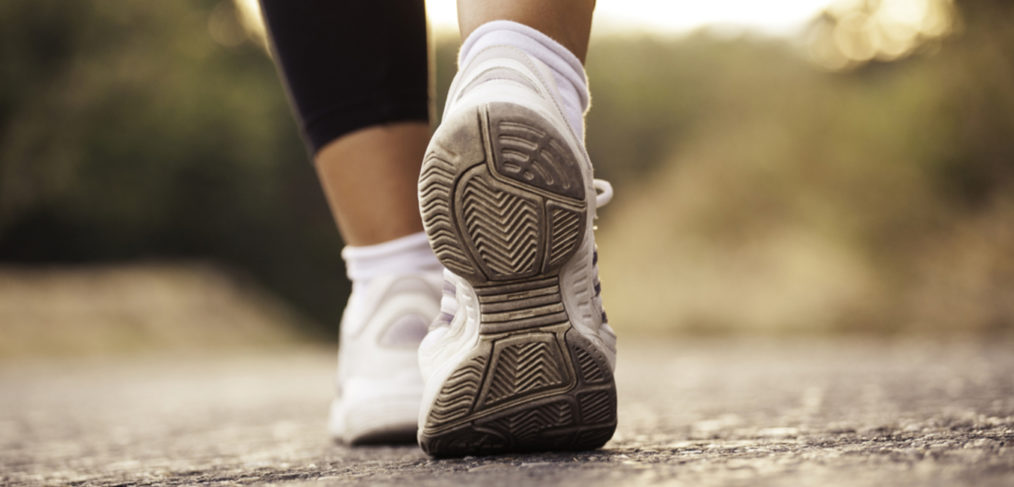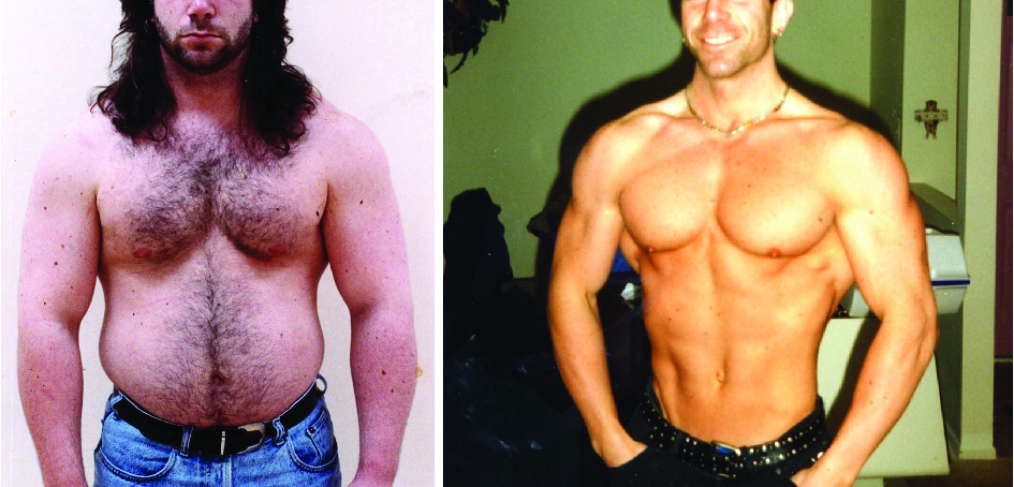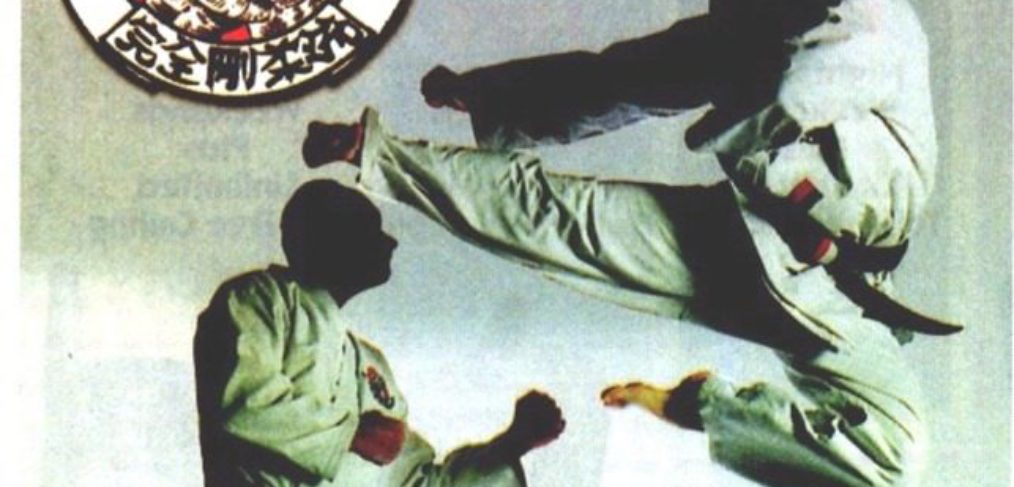QUESTION;
Can children start a strength training program?
I’m often asked to give advice on the safety of strength training for children and adolescents.
Strength training, the use of resistance methods to increase a person’s ability to exert force, can include weights, resistance bands—or just one’s own body weight.
According to the American Academy of Pediatrics, strength training by kids 7 years and older has been shown to help improve cardiovascular fitness, bone density and mental health. Children as young as 7 can embark on a strength-training program, as long as they do all exercises with good form. Though this may sound young, strength training can consist of push-ups, sit-ups, handstands and squats—all of which a 6-year-old gymnast would think of as a normal part of the sport.
Studies have also shown that strength training by preadolescents and adolescents can result in an increase in strength, though children who haven’t gone through puberty aren’t likely to see much visible muscle gain.
Puberty and the associated hormones allow muscle hypertrophy, which is when muscles get bigger. A 10-year-old won’t get bulky with resistance training, but at the microscopic level, the neurons will learn to ‘fire’ the muscle more quickly. By the time the child has gone through puberty, he or she could build muscle with as little as 8 weeks of strength training, though a lot of a person’s ability to get big muscles is genetic.
It is discouraged for young, skeletally immature children from participating in power lifting, body building or single-repetition lifts of very heavy weights. But it’s great for a 7-year-old to build core strength: That is the No. 1 way to prevent injury for anyone, and core strengthening could be sit-ups or Pilates and not involve weight-lifting at all.
I would encourage children to learn the basics and good form before adding weights. I have seen coaches teach kids as young as 6 years to do overhead presses, deadlifting and bench-pressing with a broomstick to teach good form, They don’t need to add weight until around the age of 12 or after puberty, and then should have a coach or knowledgeable adult present. There are many cases where young patients who are still growing, try to deadlift heavy weight on their own at the gym. Now they have stress fractures in their backs because they were never taught to lift correctly.
Children under the age of 7 should focus on balance and posture control. If they do want to use weights, they should avoid adult-size machines and instead use free weights of 3 pounds or less, with supervision. Those 12 and older can build slowly to heavier weights as long as they are able to complete, with ease, 2 to 3 sets of exercises that include 8 to 10 repetitions during workouts of 20 to 30 minutes. Then they can increase the weight by 10% increments over weeks or months as those weights start to feel easier.
Injury can result from overuse, so adolescent athletes should use strength training to balance out their physiques. Once adolescents do start gaining muscle mass through a healthy form of strength training, they’ll need to stick with their regimen. You can decondition really easily, in as little as six weeks. Strength gains are not permanent. You use it or you lose it.”
Cathy- Licensed Sports Muscle Therapist



